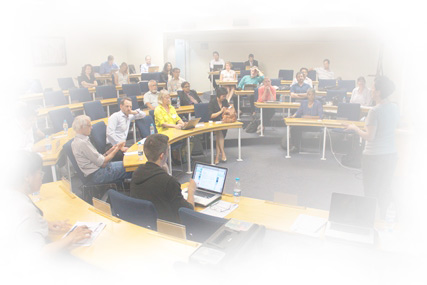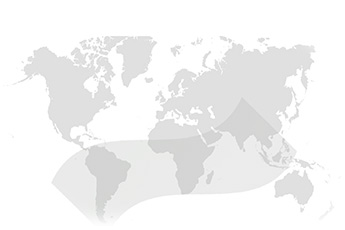Project overview
Project outputs
General Objective: Ascertain the extent of OER use by secondary and tertiary students and teachers in Pakistan.
Research questions
- What is the extent of OER use by secondary and tertiary students and teachers?
- What are the factors that enable and constrain OER use by secondary and tertiary students and teachers?
- What is the perception of secondary and tertiary students and teachers regarding the impact of OER use on student learning, as demonstrated in the development of critical thinking skills, class participation, improved grades, and collaboration among learners?
Overview
The Government of Pakistan has included integration of ICT in its educational policy and aims to use ICT to assist teachers and students to strengthen the quality of teaching. The National ICT Strategy 2007 emphasises the use of ICTs in Pakistani education system and states that “ICTs must be used to extend the reach of educational opportunity to every citizen”. The statistics about ICT and internet usage in Pakistan are much better than they were a decade ago. In “The world economic forum’s Global Information Technology Report 2013” Pakistan was ranked 105 out of 144 countries. This shows that Pakistan did not considerably translate ICT investment into tangible benefits in terms of employment, development and competitiveness. Furthermore, it was reported that only 10% of the population are internet users. Programmes are therefore required to build capacity among teachers and students for the effective utilisation of ICTs and online resources to improve the teaching and learning process.
The Virtual University of Pakistan (VUP) has also uploaded nearly 6 000 hours of course material made available with open licensing, comprising over 160 university level courses, on the internet. Initiatives have been established by the provincial and federal government of Pakistan to support this activity; such as the IT Labs project, through which 4 200 public schools in Punjab were equipped with IT labs and laptop schemes through which around 200 000 laptops have been distributed and another 200 000 laptops will be distributed in the coming years.
Different projects have also been started in Pakistan to promote and to contextualise OER in line with the curriculum. The purpose of this study was to gauge the extent of OER use by secondary and tertiary students and teachers in Pakistan. It also explored the enabling and inhibiting factors associated with OER use, and attempted to gain a sense of the impact of OER on student learning in Pakistan. A survey was utilised to collect data from the sample of 141 secondary and tertiary teachers and students. A sample of 32 secondary schools was selected after collecting and analysing data from administrators at 500 randomly selected public schools in the province of Punjab. Data was collected from all Grade 9 and 10 students (n = 5 873) and from teachers using the computer labs in these schools (n = 126). A sample of 24 universities was selected from four provinces of Pakistan and data was collected from teachers across three different disciplines (n = 15) and all the students in the first year of these disciplines (n = 3 326).
Shams, S., Waqar, Y. & Reza, S. M. (2017). OER Use by Public School Students in Pakistan. Presented at Open Education Global Conference, 8-10 March 2017, Cape Town. Retrieved from https://www.slideshare.net/oeconsortium/oer-use-by-public-school-students-in-pakistan



I thinks its necessary to introduce the concept of Open Educational Resources in the pakistani education system. but we need lot of work on it to market this concept between the students of research..